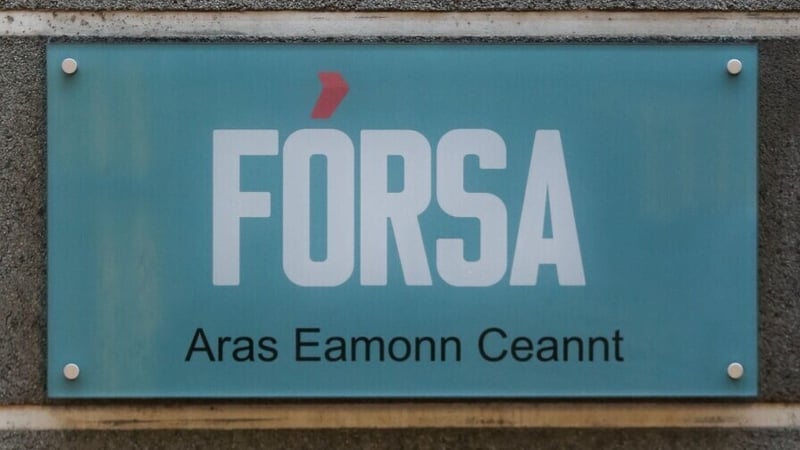Offshore Wind Industry Says Germany Must Act to Boost Capacity
Germany needs better auction and price policies in offshore wind tenders to provide certainty to the offshore wind developers and the supply chain to invest in a faster expansion of capacity, which is needed to meet Germany’s clean energy targets, industry groups said on Tuesday.
Last year, Germany put into operation a total of 27 offshore wind turbines with a combined output of 257 megawatts (MW), the German Wind Energy Association, BWE, and other wind industry and engineering groups said in a statement.
However, the expansion in offshore wind power capacity needs to dramatically rise by 2030 if Germany is to achieve its target of boosting offshore wind power capacity to 30 GW by 2030, from 8.5 GW now, according to the industry associations.
The offshore wind industry’s supply chain needs more security to be able to invest quickly, and this requires tweaks to the offshore wind energy regulations, the groups said.
Although it is encouraging that offshore wind expansion has slowly started to pick up pace again, Germany needs another 21.5 GW of capacity to come online over the next seven years if Europe’s biggest economy is to meet its 30 GW offshore wind capacity target by 2030, the associations BWE, BWO, Stiftung OFFSHORE-WINDENERGIE, VDMA Power Systems, WAB e.V., and WindEnergy Network said.
This means that Germany needs to install 3.1 GW of offshore wind capacity each year until 2030, they noted.
Political will is not enough to meet the goals, so policymakers should focus on project implementation with support and a regulatory framework encouraging investments, the industry groups said. They called for amendments to the auction schemes which, they say, currently put a considerable financial burden on the supply chain and future power prices.
Germany installed a record-high power capacity from solar and wind in 2023, but only solar additions met government targets, while wind power installations fell short of goals.
Wind power saw an increase in wind power tenders, which awarded a record-high total power capacity of 6.4 GW last year, data from wind power association BWE showed at the end of December.
But these were short of the 10 GW annual goal.



:focal(700x527:701x528)/https://tf-cmsv2-smithsonianmag-media.s3.amazonaws.com/filer_public/e0/f9/e0f94982-7367-4182-9685-447e8ae36f79/lia.jpg)
/https://tf-cmsv2-smithsonianmag-media.s3.amazonaws.com/filer_public/62/e5/62e59682-b6f7-4cd5-af64-12a55d746c4e/cornelis_jacobsz_van_culemborch_-_kruiend_ijs_te_delfshaven_-_11113_-_museum_rotterdam.jpeg)
/https://tf-cmsv2-smithsonianmag-media.s3.amazonaws.com/filer_public/ab/f2/abf22841-4c4d-4159-9733-7a76e3d07bd5/ycba_6bbfe905-992f-459d-a207-10a5a96b6329.jpeg)
/https://tf-cmsv2-smithsonianmag-media.s3.amazonaws.com/filer_public/b9/b2/b9b2ee48-87b5-498c-870a-af0fa64fecc9/paolo_veronese_-_the_madonna_of_the_cuccina_family_-_google_art_project.jpeg)
/https://tf-cmsv2-smithsonianmag-media.s3.amazonaws.com/filer_public/39/a9/39a9b545-4916-47b1-83db-8efd44edf5af/1280px-johannes_vermeer_-_gezicht_op_huizen_in_delft_bekend_als_het_straatje_-_google_art_project.jpeg)
/https://tf-cmsv2-smithsonianmag-media.s3.amazonaws.com/filer_public/36/fc/36fc1b4c-3fb6-47fd-aabe-eb1f6e967a8f/2560px-pieter_bruegel_the_elder_-_hunters_in_the_snow_winter_-_google_art_project.jpeg)
/https://tf-cmsv2-smithsonianmag-media.s3.amazonaws.com/filer_public/79/64/79643607-750e-4461-87c5-67f2a1085ae7/bruegel_pieter_i_-_winterlandschap_met_schaatsers_en_vogelknip_1565.jpeg)
/https://tf-cmsv2-smithsonianmag-media.s3.amazonaws.com/filer_public/8e/44/8e449fc1-6953-4dcf-b39b-cdaeb5449952/hendrick_avercamp_-_winterlandschap_met_ijsvermaak.jpeg)
/https://tf-cmsv2-smithsonianmag-media.s3.amazonaws.com/filer_public/7b/23/7b23ab0a-8abd-4062-aa0b-1b771d67717e/hendrick_avercamp_-_ijsvermaak_bij_een_stad.jpeg)
/https://tf-cmsv2-smithsonianmag-media.s3.amazonaws.com/accounts/headshot/tim.png)


